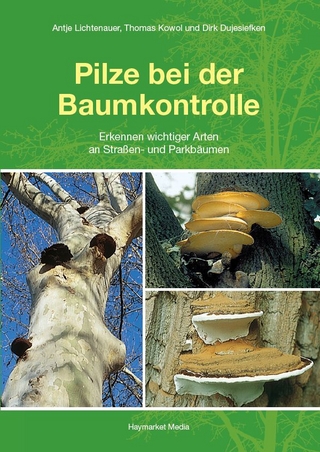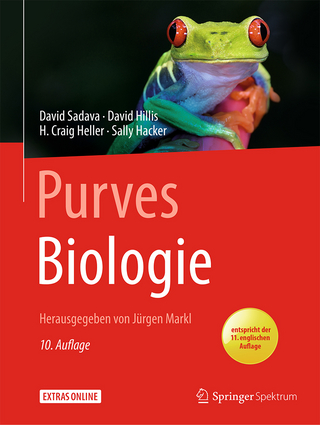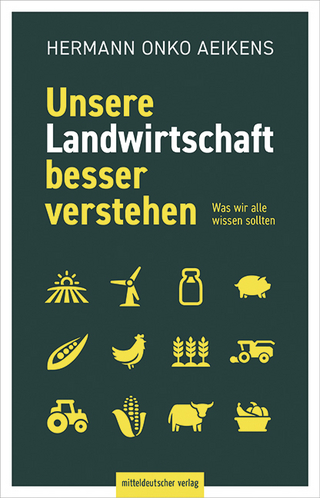
The Estuarine Ecosystem
Kluwer Academic Publishers (Verlag)
978-0-216-92671-4 (ISBN)
- Titel ist leider vergriffen;
keine Neuauflage - Artikel merken
When the first edition of this book appeared, biologists were beginning to realise that the estuarine ecosystem was an ideal habitat in which to observe the processes controlling biological productivity.
1 The Estuarine Environment.- 1.1 Introduction.- 1.2 Estuarine circulation.- 1.3 Estuarine sediments.- 1.4 Other physico-chemical factors.- 1.5 Distribution of estuarine organisms.- 1.6 The problems of life in estuaries.- 1.7 The estuarine food web.- 2 Primary Producers Plant production and its availability.- 2.1 Introduction.- 2.2 Salt marshes.- 2.3 Intertidal plants.- 2.4 Phytoplankton.- 2.5 Detritus.- 2.6 Summation of plant and microbial production in estuaries.- 3 Primary Consumers Herbivores and detritivores.- 3.1 Introduction.- 3.2 The mud dwellers.- 3.3 The surface dwellers.- 3.4 Meiofauna.- 3.5 Zooplankton.- 3.6 The primary consumer community.- 4 The Secondary Consumers Carnivores.- 4.1 Introduction.- 4.2 Fish.- 4.3 Invertebrates.- 4.4 Birds.- 4.5 The impact of the secondary consumers.- 5 Estuarine Pollution.- 5.1 Introduction.- 5.2 Mankind's use of estuaries.- 5.3 Methodologies of studying pollution.- 5.4 Organic enrichment.- 5.5 Industrial contamination.- 5.6 Reclamation and engineering works.- 6 The Management of Estuaries.- 6.1 Introduction.- 6.2 Policies.- 6.3 Planning.- 6.4 Practice.- Reading List.
| Reihe/Serie | Tertiary Level Biology |
|---|---|
| Zusatzinfo | biography |
| Verlagsort | Dordrecht |
| Sprache | englisch |
| Maße | 148 x 203 mm |
| Gewicht | 530 g |
| Themenwelt | Naturwissenschaften ► Biologie |
| ISBN-10 | 0-216-92671-8 / 0216926718 |
| ISBN-13 | 978-0-216-92671-4 / 9780216926714 |
| Zustand | Neuware |
| Haben Sie eine Frage zum Produkt? |
aus dem Bereich


